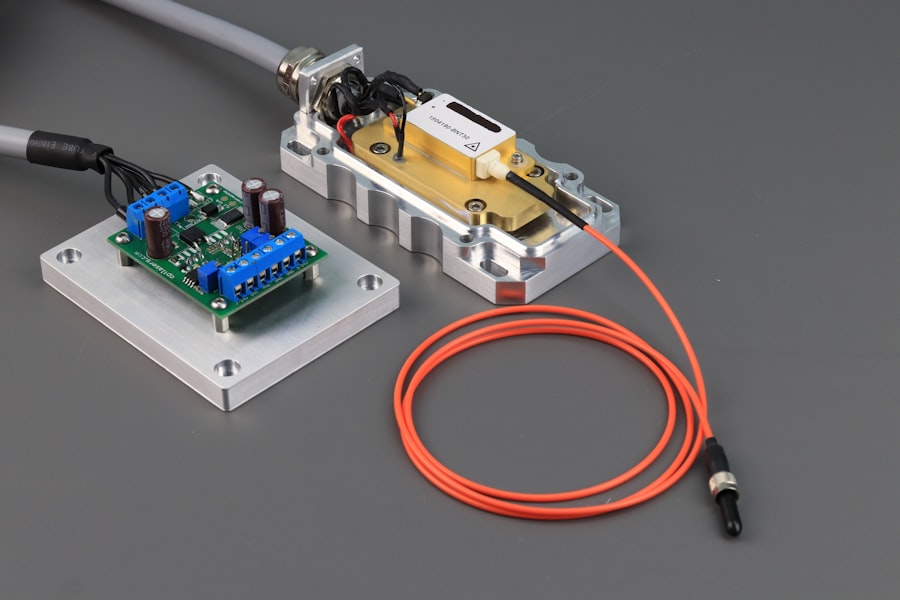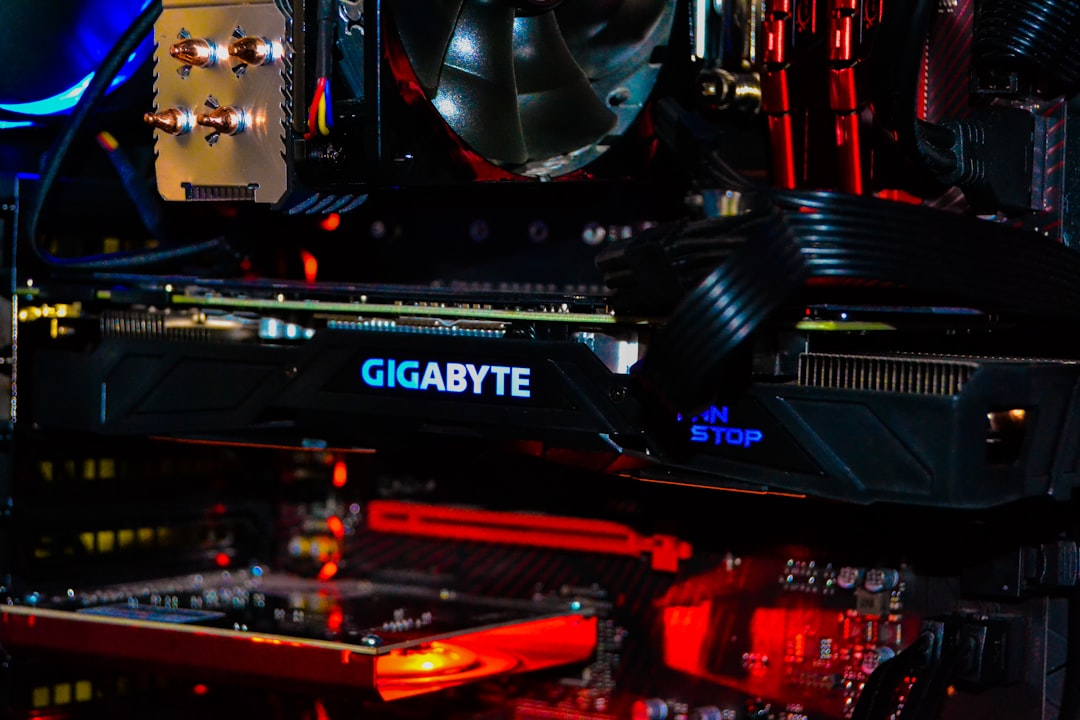Laser hair removal is a popular cosmetic procedure that uses concentrated beams of light to remove unwanted hair. The science behind laser hair removal is based on the principle of selective photothermolysis. This process involves targeting specific areas of the skin with a specific wavelength of light, which is absorbed by the melanin in the hair follicles. The absorbed light energy is then converted into heat, which damages the hair follicles and inhibits future hair growth.
The effectiveness of laser hair removal is dependent on the contrast between the color of the hair and the color of the surrounding skin. This is why individuals with dark hair and light skin tend to see the best results from laser hair removal. However, advancements in technology have made it possible for individuals with a wider range of skin tones to benefit from laser hair removal. The science behind laser hair removal continues to evolve, with new techniques and technologies constantly being developed to improve the safety and efficacy of the procedure.
Key Takeaways
- Laser hair removal works by targeting the pigment in the hair follicle, damaging it to inhibit future hair growth.
- The process of laser hair removal involves a series of treatments spaced several weeks apart to target hair in different growth stages.
- Different types of lasers, such as Alexandrite, Diode, and Nd:YAG, are used for laser hair removal, each with its own advantages and limitations.
- During a laser hair removal session, patients can expect some discomfort, redness, and swelling, but these side effects are usually temporary.
- The benefits of laser hair removal include long-lasting hair reduction, while the risks may include skin irritation, pigment changes, and rare cases of scarring.
The Process of Laser Hair Removal
The process of laser hair removal typically begins with a consultation with a qualified practitioner. During this consultation, the practitioner will assess the individual’s skin and hair type, as well as their medical history, to determine the most appropriate treatment plan. Before the procedure, the individual may be advised to avoid sun exposure and certain skincare products that could make the skin more sensitive to the laser.
On the day of the procedure, the individual will be given protective eyewear to shield their eyes from the laser. The practitioner will then use a handheld device to deliver short pulses of laser light to the targeted areas. The sensation of the laser can be described as a mild stinging or snapping feeling, but most individuals find it tolerable. The duration of the procedure will depend on the size of the treatment area, with smaller areas such as the upper lip taking just a few minutes, while larger areas like the legs may take up to an hour.
After the procedure, the individual may experience some redness and swelling in the treated areas, but these side effects typically subside within a few hours. It is important to follow the aftercare instructions provided by the practitioner to ensure optimal results and minimize the risk of complications.
Understanding the Different Types of Laser Hair Removal
There are several different types of laser hair removal technologies available, each with its own unique benefits and considerations. The most common types of lasers used for hair removal include alexandrite, diode, Nd:YAG, and IPL (intense pulsed light) lasers. Each type of laser has specific characteristics that make it suitable for different skin and hair types.
The alexandrite laser is known for its fast treatment times and effectiveness on lighter skin tones, while the diode laser is often preferred for individuals with darker skin. The Nd:YAG laser is versatile and can be used on a wide range of skin types, making it a popular choice for individuals with medium to dark skin tones. IPL lasers are not technically lasers, but they are often used for hair removal and are known for their ability to treat a larger area at once.
It is important for individuals considering laser hair removal to consult with a qualified practitioner to determine which type of laser is best suited for their specific needs. Factors such as skin type, hair color, and treatment area will all play a role in determining the most appropriate type of laser for achieving optimal results.
What to Expect During a Laser Hair Removal Session
| Aspect | Information |
|---|---|
| Procedure | Laser hair removal |
| Duration | Depends on the area being treated, typically 15 minutes to 1 hour |
| Sessions | Multiple sessions required for best results |
| Pain | Mild discomfort, often described as a rubber band snapping against the skin |
| Side effects | Redness, swelling, and temporary skin irritation |
| Preparation | Avoid sun exposure and shaving before the session |
| Aftercare | Avoid sun exposure and apply soothing creams as recommended |
During a laser hair removal session, individuals can expect to undergo a series of steps to ensure a safe and effective treatment. The first step typically involves preparing the treatment area by shaving any visible hair and cleansing the skin to remove any oils or lotions that could interfere with the laser’s effectiveness. Once the skin is prepared, the practitioner will adjust the laser settings based on the individual’s skin and hair type to ensure optimal results.
During the actual treatment, individuals can expect to feel a mild stinging or snapping sensation as the laser pulses are delivered to the skin. The sensation can vary depending on the individual’s pain tolerance and the sensitivity of the treatment area. Most individuals find the discomfort to be tolerable, but some may opt for a topical anesthetic to minimize any discomfort.
After the treatment, individuals may experience some redness and swelling in the treated areas, which typically subsides within a few hours. It is important to avoid sun exposure and certain skincare products that could irritate the skin in the days following treatment. Multiple sessions are usually required to achieve optimal results, as hair grows in different cycles and multiple treatments are needed to target all active follicles.
The Benefits and Risks of Laser Hair Removal
Laser hair removal offers several benefits, including long-lasting results, reduced ingrown hairs, and smoother skin. Unlike traditional methods such as shaving or waxing, laser hair removal provides long-term reduction in hair growth, with many individuals experiencing permanent hair reduction after completing a series of treatments. Laser hair removal also helps to reduce ingrown hairs and irritation that can result from other hair removal methods, leading to smoother and more comfortable skin.
However, there are also risks associated with laser hair removal that individuals should be aware of. Potential side effects include redness, swelling, and temporary pigment changes in the skin. In rare cases, more serious side effects such as blistering, scarring, or changes in skin texture may occur. These risks can be minimized by choosing a qualified practitioner who uses appropriate laser settings based on the individual’s skin type and hair color.
It is important for individuals considering laser hair removal to weigh the potential benefits against the risks and consult with a qualified practitioner to determine if they are a suitable candidate for the procedure. By understanding both the benefits and risks of laser hair removal, individuals can make an informed decision about whether this treatment is right for them.
Preparing for Laser Hair Removal: What You Need to Know

Before undergoing laser hair removal, there are several important steps that individuals should take to prepare for their treatment. It is important to avoid sun exposure and tanning beds in the weeks leading up to the procedure, as tanned skin can increase the risk of side effects such as pigmentation changes or burns. Individuals should also refrain from using certain skincare products that could make their skin more sensitive to the laser.
In addition, individuals should shave the treatment area before their appointment, as longer hairs can absorb more energy from the laser and increase discomfort during treatment. It is also important to disclose any medications or medical conditions to the practitioner before undergoing laser hair removal, as certain medications or conditions may affect the safety or effectiveness of the treatment.
By following these preparation steps and consulting with a qualified practitioner, individuals can ensure that they are well-prepared for their laser hair removal treatment and maximize their chances of achieving optimal results.
Aftercare and Maintenance for Laser Hair Removal
After undergoing laser hair removal, it is important for individuals to follow proper aftercare instructions to ensure optimal results and minimize the risk of complications. This may include avoiding sun exposure and using sunscreen on treated areas to protect the skin from UV damage. It is also important to avoid using certain skincare products that could irritate or sensitize the skin in the days following treatment.
In addition to aftercare measures, individuals may need to undergo maintenance treatments to maintain their results over time. While many individuals experience long-term reduction in hair growth after completing a series of treatments, some may require occasional touch-up sessions to target any remaining hairs that were not effectively treated during previous sessions.
By following proper aftercare measures and undergoing maintenance treatments as needed, individuals can enjoy long-lasting results from their laser hair removal treatments and achieve smooth, hair-free skin.
Looking for more information on laser hair removal and how it works? Check out this in-depth review of the Dermapure permanent laser hair removal treatment on inlaserhairremoval.com. This article provides a detailed look at the process, its effectiveness, and what to expect during and after the treatment. Understanding the ins and outs of laser hair removal can help you make an informed decision about whether it’s the right choice for you.
FAQs
What is laser hair removal?
Laser hair removal is a medical procedure that uses a concentrated beam of light (laser) to remove unwanted hair. The laser targets the pigment in the hair follicle, damaging the follicle and inhibiting future hair growth.
How does laser hair removal work?
During the procedure, the laser emits a light that is absorbed by the pigment in the hair follicles. The heat from the laser damages the hair follicle, inhibiting future hair growth. Multiple sessions are usually required to achieve long-term hair reduction.
Is laser hair removal permanent?
Laser hair removal can lead to long-term hair reduction, but it is not always permanent. Some hair may grow back, but it is often finer and lighter in color. Maintenance sessions may be needed to maintain the results.
What areas of the body can be treated with laser hair removal?
Laser hair removal can be used to treat unwanted hair on various areas of the body, including the face, legs, arms, underarms, bikini line, and back.
Is laser hair removal safe?
When performed by a qualified and experienced professional, laser hair removal is generally considered safe. However, there are potential risks and side effects, such as skin irritation, redness, and changes in skin pigmentation. It is important to undergo the procedure under the supervision of a trained practitioner.






